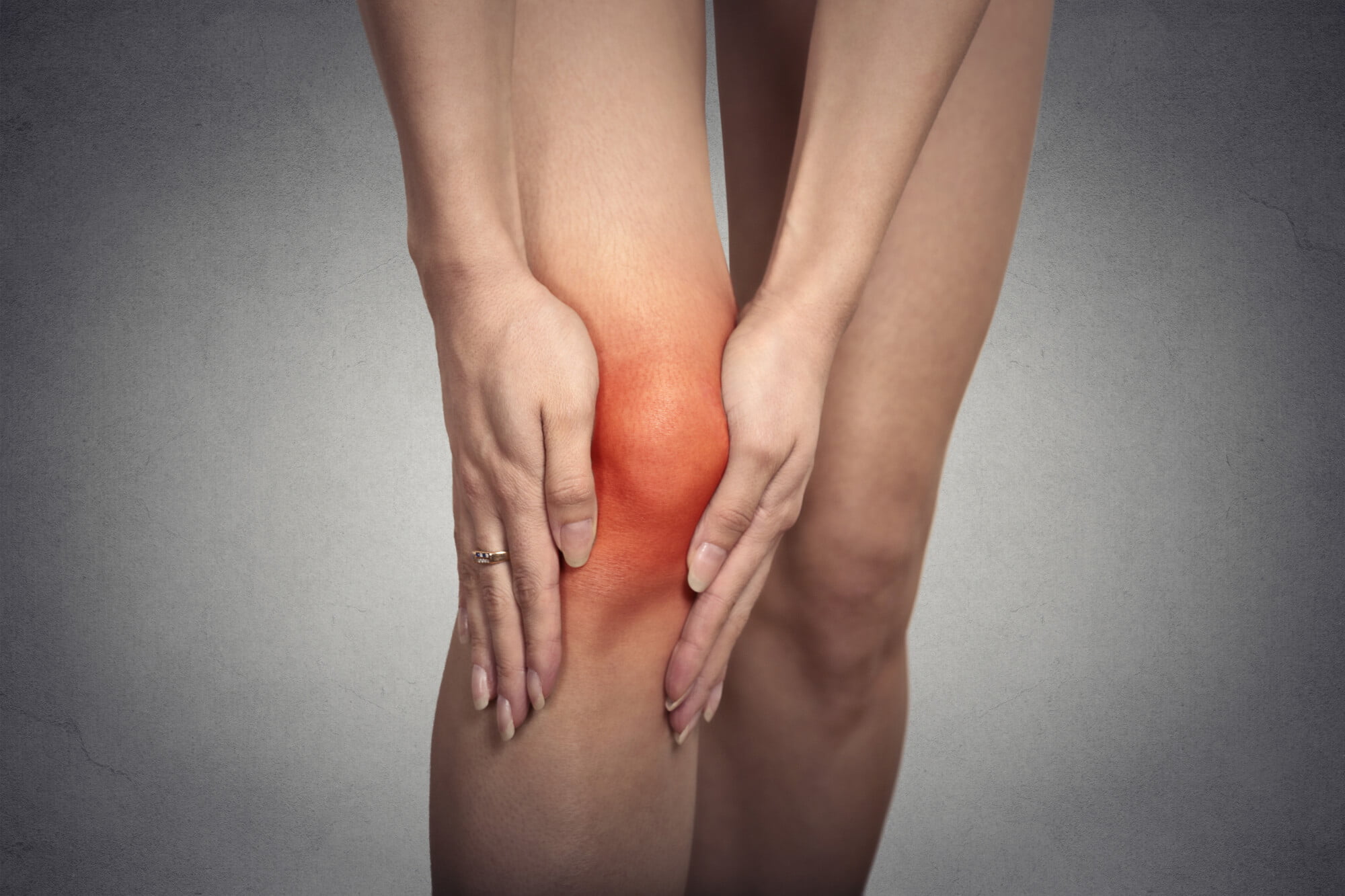Did you know that 58.5 million adults in the US have arthritis? Arthritis is a painful condition that can significantly affect your daily life and overall well-being.
Are you looking for a non-invasive way to get long-term pain relief from your arthritis? Then radiofrequency ablations could be the answer for you.
If you’re not familiar with radiofrequency ablation treatments for arthritis, you’re in the right place. Keep reading to learn everything you need to know about radiofrequency ablation and how it can help you!
What Is Radiofrequency Ablation?
Radiofrequency ablations use the heat produced from radio waves sent through a needle to destroy small areas of nerve tissue. The heat destroys the nerve by causing a lesion to form that prevents the nerve from sending any more pain signals to the brain.
Conditions Radiofrequency Ablation Can Treat
Radiofrequency ablation is an effective way to manage arthritis pain in your knee joints and can also reduce low back pain and pain along your spine due to arthritic conditions. It’s also effective for treating other painful conditions like:
- Damage from whiplash
- Pain resulting from previous spinal surgeries
- Venous insufficiency in the legs
It’s also a useful pain management option to treat chronic pain from tumors, trauma, diseases, and bone abnormalities.
Benefits of Radiofrequency Ablation for Arthritis
Radiofrequency ablation is minimally invasive, and you need little recovery time after the procedure. Radiofrequency ablation is a highly effective treatment for arthritis because it provides pain relief for up to 12 months.
Other benefits include:
- Reduces the need for pain medication
- Improves your range of motion
- Reduces the need for surgery like a knee replacement
- It has few side effects
- Instant pain relief after the procedure
- It doesn’t damage any healthy nerves near the treatment area
Radiofrequency Ablation Procedure
The procedure for radiofrequency ablation typically takes less than 30 minutes and is painless. Before the procedure begins, you’ll receive a local anesthetic to numb the skin.
During the procedure, a small-sized hollow needle is inserted into the area that’s causing you pain. The needle placement is guided by a special type of x-ray called fluoroscopy. An electrode located at the top of the needle sends radio waves through the needle to the nerve.
After the procedure, you’ll be advised not to do anything too strenuous for 24 hours. You may also feel soreness and muscle spasms at the treatment site for the first few days. You’ll need to take over-the-counter pain medications like ibuprofen and apply an icepack to the injection site for 20 minutes at a time.
You can resume your normal activities within a few days after the procedure. Your doctor also may recommend physical therapy to help you regain your strength and flexibility.
Try Radiofrequency Ablations for Your Arthritis Today
Now that you know more about radiofrequency ablations for arthritis pain, it’s time to talk to your doctor about this option.
Radiofrequency ablation treatments can give you the long-term pain relief you’ve been searching for and help you get back to doing the activities you love.
Be sure to check out our blog for more health tips to improve your life!




